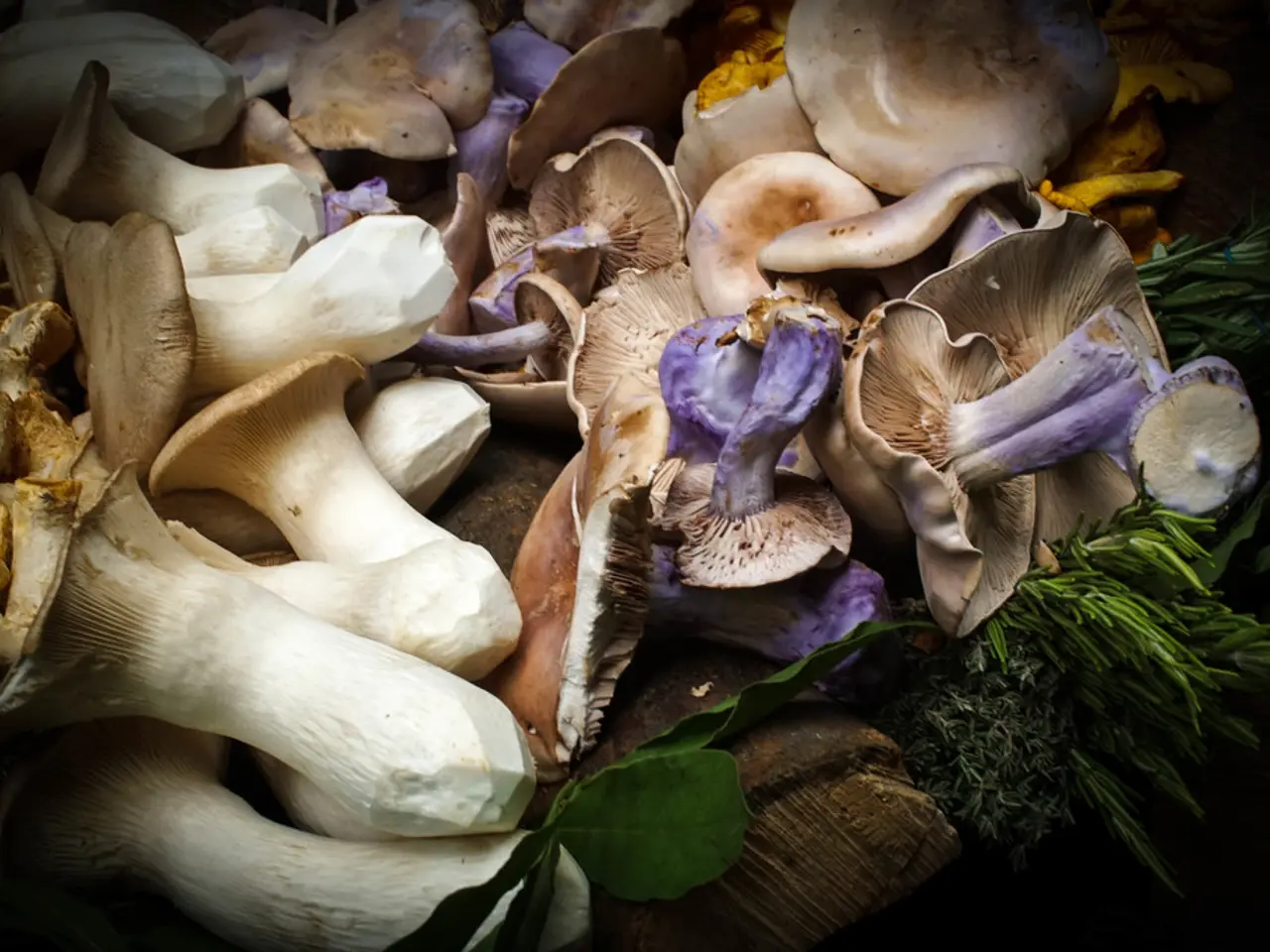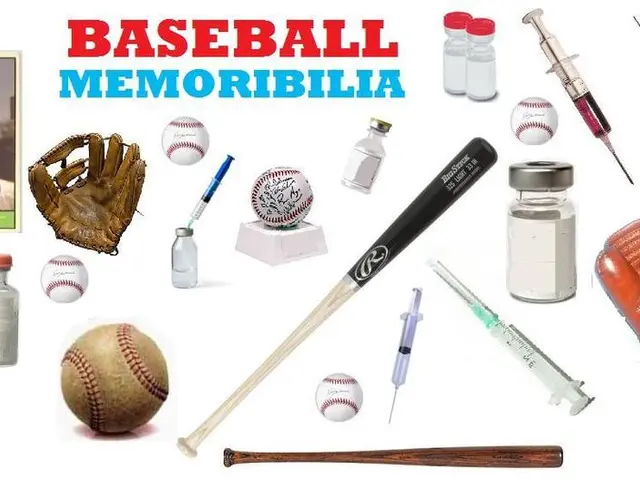BfS Warns: Some Wild Mushrooms in Germany Contain Chernobyl Radiation
The Federal Office for Radiation Protection (BfS) has released a report on radiation levels in wild mushrooms across Germany. While consuming mushrooms in usual amounts is harmless, some species may contain radioactive caesium-137, originating from Chernobyl and past nuclear tests.
The BfS found the highest levels of caesium-137 in common field mushrooms, brown common field mushrooms, and ivory funnel caps, with some values exceeding 2,000 becquerels per kilogram. Other contaminated mushrooms include trumpet-shaped paddy straw mushrooms, chestnut mushrooms, and various boletus species. In southern Germany, some mushrooms may contain more than 600 becquerels per kilogram, above the limit for mushrooms in trade.
The report also highlights less contaminated mushrooms, such as rough-stalked giant champignon and dark-fibered champignon, with values consistently below 5 becquerels per kilogram. The BfS emphasizes that occasional consumption of slightly contaminated mushrooms only slightly increases one's radiation dose, as main foodstuffs remain virtually uncontaminated.
The BfS's mushroom report offers transparency and helps consumers make informed decisions about wild-growing mushrooms. While some species may contain radioactive substances, the risk from occasional consumption is low. The report is available online for further reference.
Read also:
- Top Superfoods for Hormonal Health: Avocados, Berries, Flaxseeds, Turmeric, and Cruciferous Veggies
- Pope Francis' New Book 'Let Us Dream' Offers Unity and Hope for Post-Covid World
- Stephanie Estremera Gonzalez: From Medical Assistant to Residential Manager at The Point/Arc
- Lucy Liu Sounds Alarm on Local Human Trafficking at Packed Luncheon







